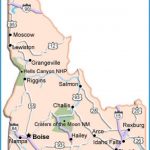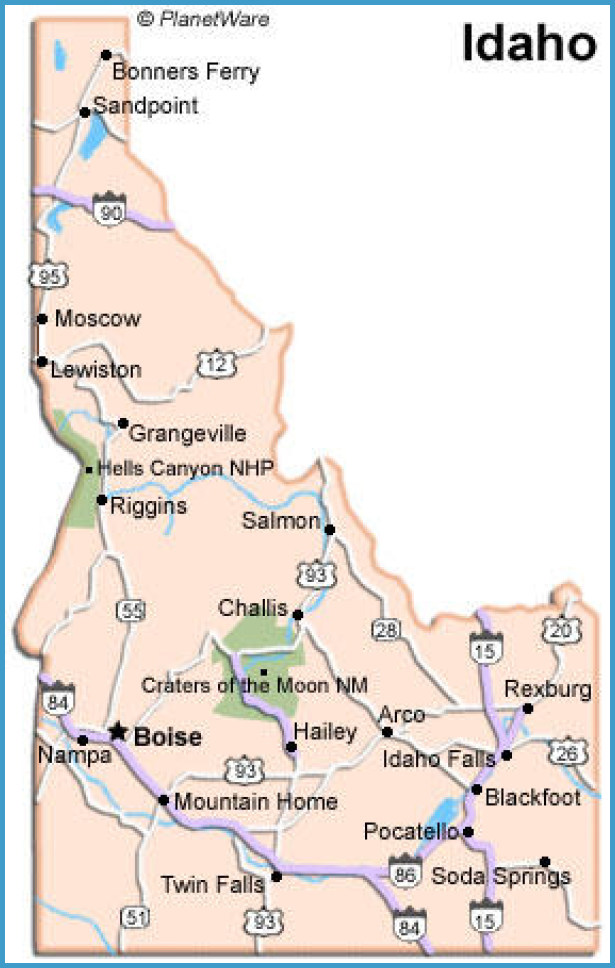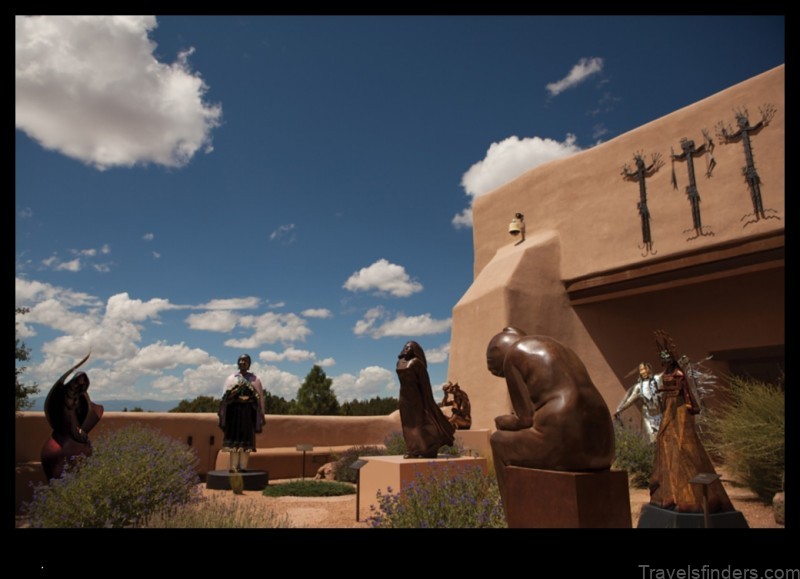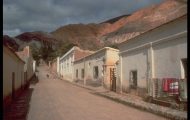Finding Their Own Way
Although small communities of Mexicans and Mexican Americans had existed in Idaho cities for some time, the number of permanent residents grew as nonsea-sonal jobs for them became available. Anglo communities and public institutions, accustomed to migrants coming for a few months of the year and then leaving, adapted slowly to this new reality. Moreover, migrants continued to arrive during
the agricultural season, and the Anglo community could not, or would not, distinguish between permanent Mexican American citizens and those recent arrivals who worked the fields. To the typical Anglo Idahoan they were all the same: poor, unable to speak English, and transient dwellers of labor camps. Mexican Americans eager to join mainstream Idaho society sent their children to school, rented or bought a house in a safe and decent neighborhood, went to church, and participated in community activities. Despite these efforts, they confronted language and education obstacles that had initially tied them to the migrant circuit.
Encouraged by the civil rights movement of the 1960s, Idaho’s Latino activists struggled to create their own organizations to address their unique concerns. From these efforts emerged the Idaho Migrant Council in 1971. Run by a board of Mexican American farm workers, for over 35 years the Idaho Migrant Council championed the rights of migrant laborers and other low-income folk to decent housing, improved health care, and greater educational opportunities. Together with other ethnic and racial minorities, Latinos formed the Idaho Citizens Committee for Civil Rights and successfully won passage of an antidiscrimination law in 1961. By 1969 they persuaded the state legislature to create the Idaho Human Rights Commission with Mexican representation. After a four-year struggle, Latino activists convinced the legislature to establish the Commission for Hispanic Affairs in 1987.
Civil rights legislation and affirmative action programs opened the doors to state and federal employment, providing opportunities for Latinos to leave the migrant stream and achieve better-paying and higher-status jobs. Most who took these jobs, however, were two or three generations removed or from nonmigrant families. Nevertheless, Latinos could now be seen in positions that were previously the exclusive domain of Anglos. To promote improvements in the Latino community, activists working in government formed Image de Idaho, a statewide advocacy group linked with Latino organizations in other states. Image sponsors annual conferences to focus attention on social and economic issues confronting the Latino community.
Alarmed by the high proportion of Mexican American youth who dropped out of junior and senior high schools, the Idaho Migrant Council (IMC) conducted a study of six school districts in southern Idaho in 1978 and discovered that between 80 and 90 percent of Mexican American students dropped out before graduating. The following year IMC filed a class action lawsuit on the students’ behalf against the State Board of Education and local school districts. The suit claimed that education officials were out of compliance with state and federal laws protecting the rights of limited English proficient (LEP) students. Under Title VI of the 1964 Civil Rights Act states received federal funds to ensure that schools provided educational services to all its students regardless of race, color, or national origin. Almost four years later, the courts worked out a settlement agreement between the IMC and the State Board of Education. Effective in 1983-1984,
the settlement required each school district to identify students with limited English proficiency and submit a plan designed to enable them to participate in the school’s standard curriculum within a reasonable period of time.
In June 1990 the State Board of Education created the Task Force on Hispanic Education to study the state’s public education system and to recommend solutions to problems facing students in the state’s growing Latino community. One of the Task Force’s most notable findings was that 40-60 percent of Latinos still dropped out of school. The 1993 legislature allocated $1 million to improve services to LEP students and increased it to $2.25 million for the 1997-1998 school year, when the number of those students stood at 13,188. Unfortunately, the impact of increased funding and additional efforts did not produce the expected results. The U.S. Department of Education Office for Civil Rights reported in 1995 that language minority students in several of the state’s districts were not able to participate effectively in the regular instructional program. The estimated dropout rate that year was over 43 percent. One writer concluded that it would take another lawsuit to force the state to remedy the situation.13
During the 1990s and the first few years of the twentieth century Latino activists have won many victories for Idaho’s farmworkers, of whom 95 percent are Mexican nationals or Mexican Americans. A law passed in 1996 overturned a 1917 law that excluded agricultural workers from workers’ compensation coverage. Lawmakers extended the federal minimum wage to farm workers effective in 2002. That same year the legislature passed the Farm Labor Contractor Registration and Bonding Act, which forces contractors to register and post bonds with the state.
Idaho’s economic growth opened up opportunities for Latinos and others in every conceivable field. Mexican Americans and other Latinos are found in all professions, in business, in government, in skilled trades, and more. But they also endure unacceptable poverty, have persistently high dropout rates from junior and senior high school, and continue to face discrimination. Idahoans have made great strides in dealing with some of these problems, but much more needs to be done to overcome the lingering prejudices of the past. Mainstream Idahoans need to acknowledge the historic and important role played by Mexicans, Mexican Americans, and other Latinos in the creation of Idaho society. Their presence and their contributions go back as far as any other nonnative Idaho group.
















